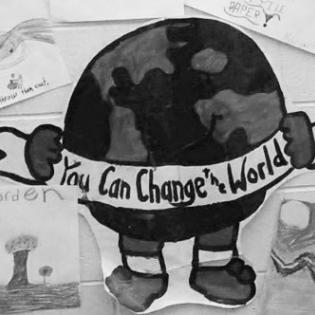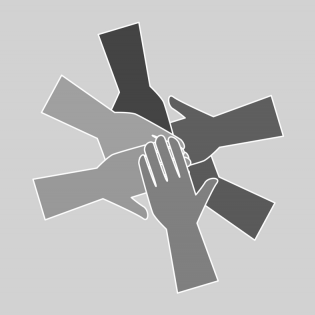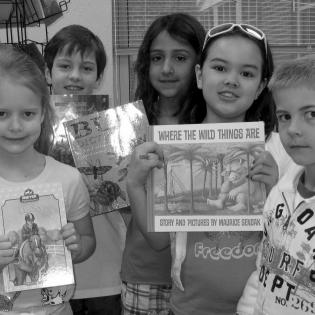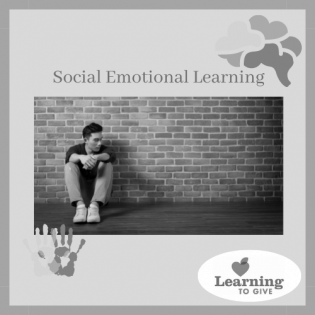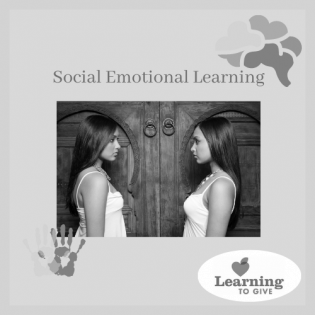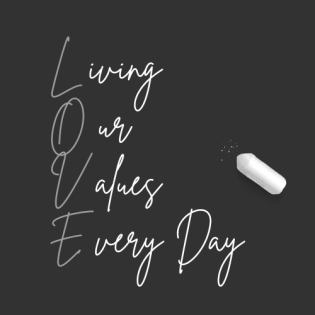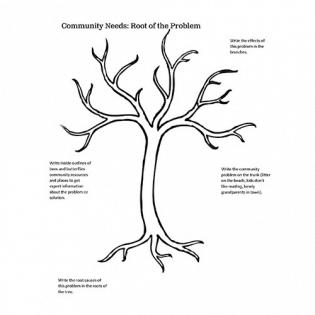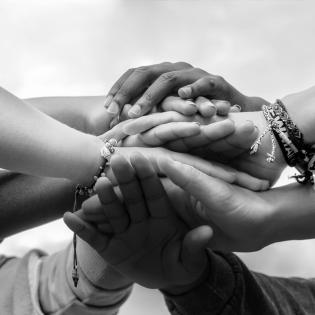Video Clip and Discussion Guide: Altruism is a generous and loving trait, but it has a negative side. This video clip and discussion guide challenges students to consider how charity and altruism can be counter-productive or come from an imbalance of power.
Filter by subjects:
Filter by grades:
Filter by audience:
Filter by issue area:
Filter by content type:
Filter by resource type:
resource search
These activities and games educate, equip, and empower young people to build community, trust, and open communication with others in their community.
In this activity participants learn how to note the changes their service and philanthropic actions has on them and their community. Participants will take pre and post surveys to evaluate how they've grown and they've made a positive impact.
Reading with children is a great way to share your time and talent while building youth philanthropy in the community. Picture books are short, artistic, and spark meaningful conversations about who we are in a big, shared world.
In this activity young people are asked to consider how their race, ethnicity, gender, or sexuality impact how they control their emotions. This Self-Management tool asks young people to reflect upon how they regulate their behaviors and emotions. They will then be asked to discuss how race, gender, and other identity markers impact the expectations of behavior and emotion regulation from different groups. Different Strokes for Different Folks is inspired by the article, "Why We Can't Afford Whitewashed Social-Emotional Learning" by Dena Simmons.
Many American citizens with a "hyphenated ethnicity, race, or identity" experience a double consciousness. In this activity, youth look at the hyphen from the perspective of another person, reflecting upon their own opinions about how the hyphen is used. Hyphen-Stories is inspired by an article by Dena Simmons called, "Why We Can't Afford Whitewashed Social-Emotional Learning."
Activity by Sara Jacobs-Carter and the Midland Area Community Foundation
Preparation
Time: 10 minutes for personal sorting; 15 minutes for pairs/small groups; 15 minutes for whole group discussion
Materials:
In this activity, participants use critical thinking to deconstruct an issue they care about. They identify a problem, explore the root causes and effects, and research who the experts are. This is a great way to build community, use creative expression, and come up with different approaches to collaboratively make a difference.
Four Types of Service
In this activity, participants learn an effective and thoughtful process for creating positive change. Young people relate advocacy to philanthropy as a way to constructively impact social change.
